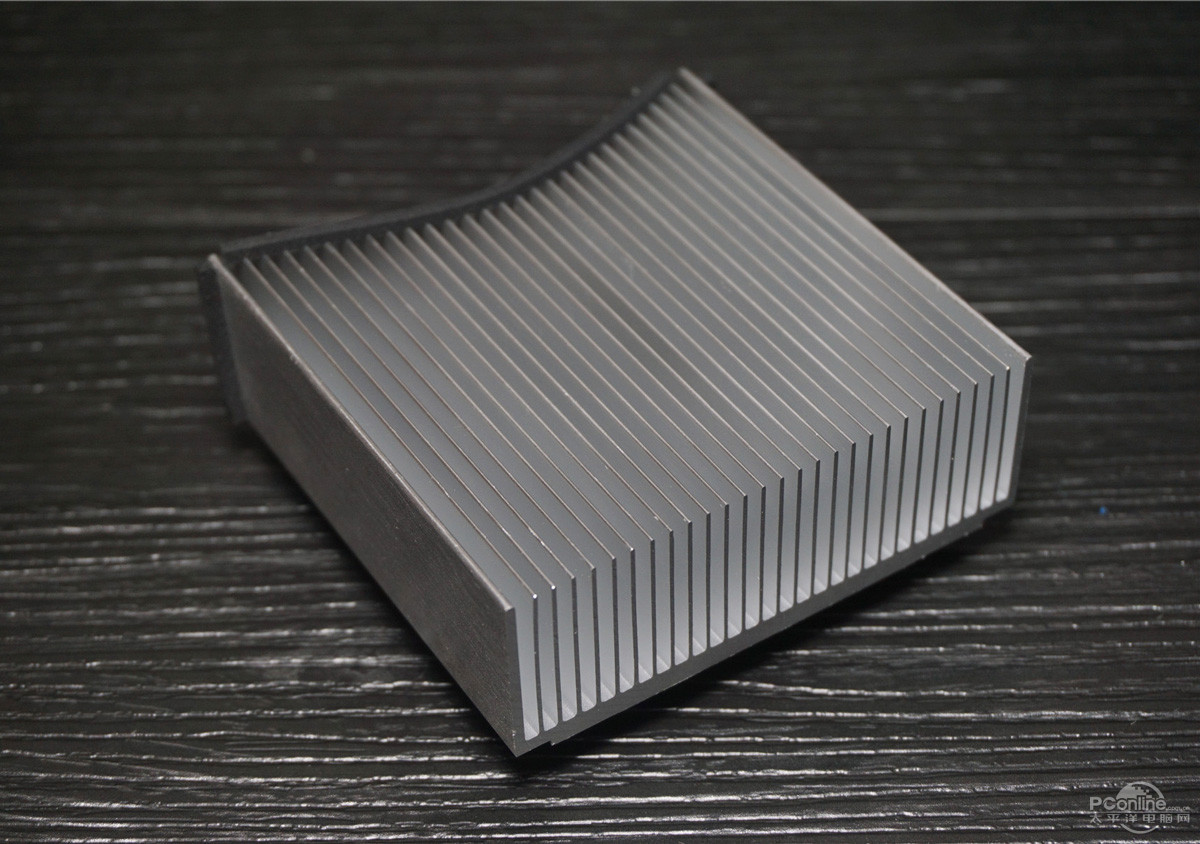D
Deleted member 13524
Guest
Well I jumped the gun to sell my two 290X. If I sell both for 400€, I won't even mind a slight decrease in performance + 60€ in exchange for 8GB VRAM, a non-noisy operation and not having to turn on the A/C whenever I'm playing games in the office (especially in the summer).
There was a guy previewing the RX 480 through a livestream:
http://videocardz.com/61275/amd-radeon-rx-480-review-live-stream
His thermal imaging video shows a maximum of 72ºC in the back of the GPU.
There are rumors pointing to AMD pushing the NDA date forward to June 24, because of so many leaks happening this week. Serious reviewers won't be pleased...
There was a guy previewing the RX 480 through a livestream:
http://videocardz.com/61275/amd-radeon-rx-480-review-live-stream
His thermal imaging video shows a maximum of 72ºC in the back of the GPU.
There are rumors pointing to AMD pushing the NDA date forward to June 24, because of so many leaks happening this week. Serious reviewers won't be pleased...


